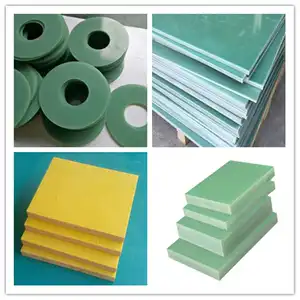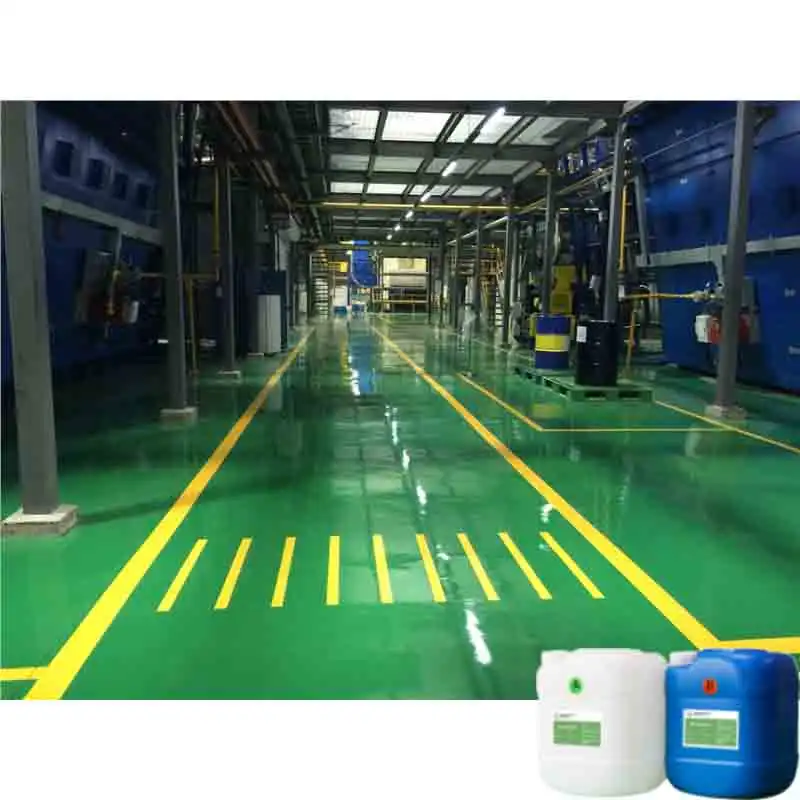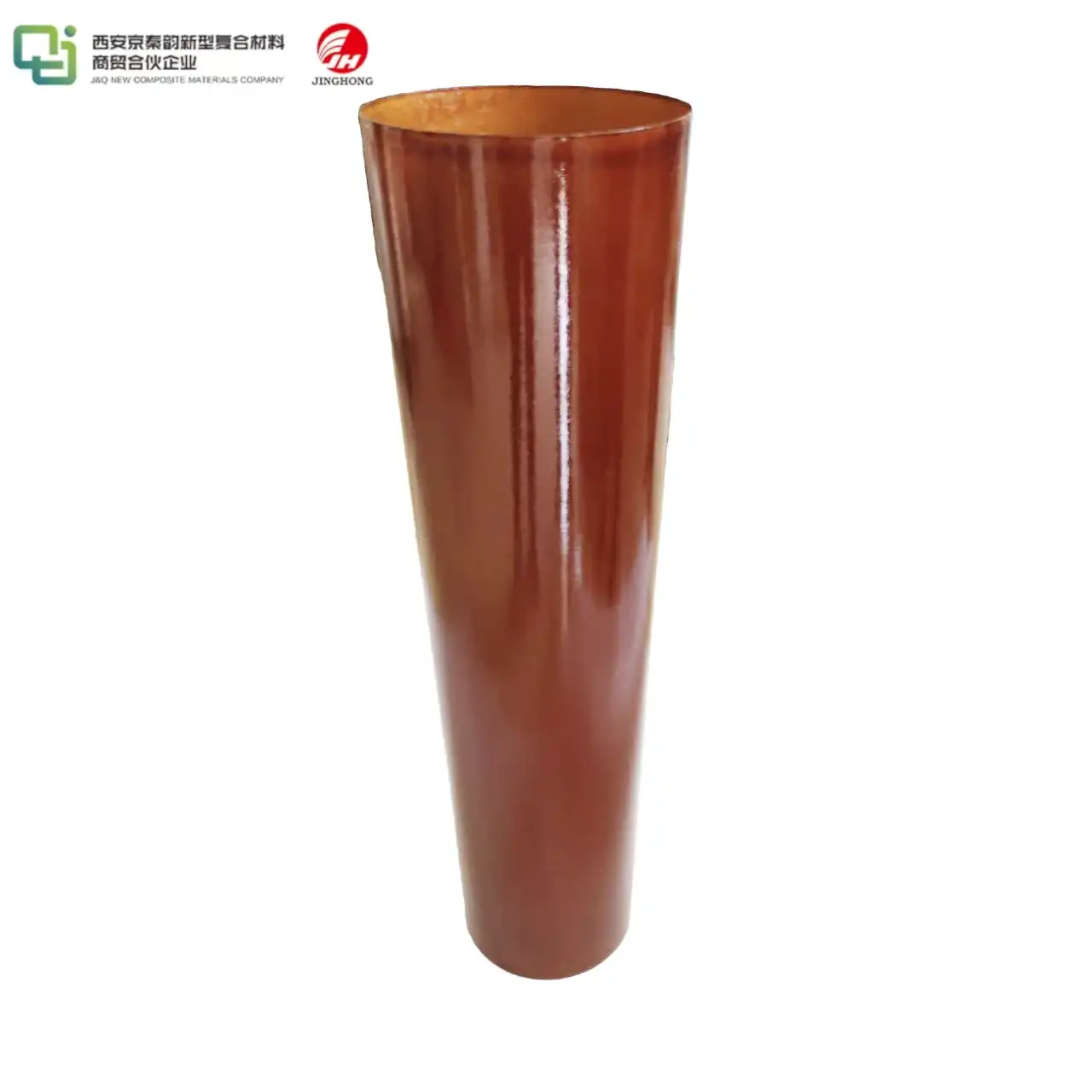Insulation material formula and production process
2024-12-26 17:03:37
Insulation material formulas and production processes are crucial aspects of manufacturing high-quality insulating sheets. The formula typically consists of a base polymer, such as polyethylene or polypropylene, combined with various additives like flame retardants, UV stabilizers, and reinforcing agents. The production process involves carefully mixing these components, extruding the material into sheets, and applying specific treatments to enhance insulation properties. Advanced techniques like foaming or lamination may be employed to create specialized insulating sheets. Quality control measures throughout the process ensure consistent performance and durability of the final product, meeting diverse industrial and construction requirements worldwide.
Composition and Formulation of Insulation Materials
Key Components in Insulation Formulas
The foundation of effective insulation materials lies in their carefully crafted formulas. These formulas typically incorporate a blend of primary and secondary components, each serving a specific purpose in enhancing the material's insulative properties. The base polymer, often polyethylene or polypropylene, forms the matrix of the insulation sheet. This polymer is selected for its inherent thermal resistance and ability to be easily processed into sheets.
Additives play a crucial role in augmenting the performance of the base polymer. Flame retardants are incorporated to improve fire resistance, a critical feature in many applications. UV stabilizers protect the material from degradation due to sunlight exposure, extending its lifespan in outdoor installations. Reinforcing agents, such as glass fibers or mineral fillers, enhance the mechanical strength and dimensional stability of the insulation sheet.
Advanced formulations may include specialized additives like infrared reflective particles or phase change materials. These components can significantly boost the insulation's effectiveness by reflecting radiant heat or absorbing excess thermal energy, respectively. The precise balance of these ingredients is crucial, as it directly influences the final product's thermal conductivity, fire resistance, and overall durability.
Balancing Performance and Cost in Formula Design
Designing an insulation material formula requires a delicate balance between performance and cost-effectiveness. High-performance additives can dramatically improve insulation properties but often come with a higher price tag. Manufacturers must carefully evaluate the trade-offs between enhanced performance and increased production costs to create a product that meets market demands while remaining competitively priced.
Cost optimization strategies may involve substituting certain premium additives with more affordable alternatives that offer similar benefits. For instance, natural minerals might replace synthetic flame retardants in some applications, potentially reducing costs without significantly compromising fire resistance. Additionally, optimizing the proportions of various components can lead to formulas that achieve desired performance metrics with minimal material usage.
The challenge lies in maintaining consistent quality while adapting to fluctuations in raw material prices and availability. Successful manufacturers often develop multiple formula variations that can be adjusted based on current market conditions and specific customer requirements. This flexibility allows for the production of insulation sheets that meet diverse performance specifications across different price points.
Customization of Formulas for Specific Applications
The versatility of insulation materials stems from the ability to tailor formulas for specific end-use applications. Different industries and environments demand unique combinations of properties from insulation sheets. For instance, the automotive sector might require materials with excellent thermal stability and low weight, while the construction industry might prioritize moisture resistance and long-term durability.
Customization often involves adjusting the ratios of key components or introducing specialized additives. For high-temperature applications, formulas may incorporate ceramic particles or aerogels to enhance heat resistance. In contrast, insulation designed for cold storage facilities might include closed-cell foaming agents to improve low-temperature performance.
Collaborative efforts between material scientists and end-users frequently drive innovation in formula customization. By understanding the specific challenges faced in various applications, manufacturers can develop targeted solutions that address unique insulation needs. This approach not only enhances product performance but also opens up new market opportunities for specialized insulation materials.
Production Processes for Insulation Sheets
Extrusion Techniques in Insulation Sheet Manufacturing
Extrusion stands as a cornerstone in the production of insulation sheets, offering a continuous and efficient method to transform raw materials into uniform sheets. The process begins with feeding the carefully formulated mixture of polymer and additives into an extruder. This machine utilizes a rotating screw to heat, melt, and homogenize the material under controlled conditions.
As the molten mixture progresses through the extruder, it's forced through a die that shapes it into a sheet of predetermined thickness and width. The extruded sheet then passes through a series of cooling rollers, which solidify the material while maintaining its desired dimensions. Advanced extrusion systems may incorporate multiple layers, allowing for the creation of composite insulation sheets with tailored properties in each layer.
Precision control over extrusion parameters such as temperature, pressure, and screw speed is crucial for achieving consistent quality. Modern extrusion lines often feature real-time monitoring and adjustment capabilities, ensuring that the produced insulation sheets meet stringent specifications throughout extended production runs.
Post-Extrusion Treatments and Enhancements
After extrusion, insulation sheets undergo various treatments to enhance their properties and appearance. Surface treatments play a vital role in improving adhesion characteristics, which is essential for applications requiring bonding or lamination. Corona discharge treatment, for instance, modifies the surface energy of the sheet, promoting better adhesion of coatings or additional layers.
Embossing is another common post-extrusion process that imparts texture to the sheet's surface. This not only enhances the aesthetic appeal but can also improve the sheet's grip and reduce glare. For specialized applications, manufacturers may apply coatings to increase UV resistance, moisture barrier properties, or add decorative finishes.
Heat treatment or annealing processes are sometimes employed to relieve internal stresses within the insulation material, improving dimensional stability and reducing the risk of warping over time. Additionally, some high-performance insulation sheets undergo controlled stretching processes to orient polymer molecules, enhancing strength and insulative properties in specific directions.
Quality Control Measures in Production
Maintaining consistent quality throughout the production process is paramount in insulation sheet manufacturing. Quality control begins with rigorous testing of incoming raw materials to ensure they meet specified standards. During production, inline monitoring systems continuously assess key parameters such as thickness, density, and surface quality.
Thermal conductivity testing is a critical quality control measure, often performed on samples taken at regular intervals from the production line. This ensures that the insulation sheets maintain their intended thermal performance. Mechanical property tests, including tensile strength and elongation, verify the material's durability and flexibility.
Advanced quality control techniques may include infrared thermography to detect any inconsistencies in insulation performance across the sheet's surface. For products with specific fire-resistant properties, flame spread and smoke development tests are conducted to ensure compliance with safety regulations. Implementing a comprehensive quality management system, often certified to international standards like ISO 9001, helps manufacturers maintain consistent product quality and customer satisfaction.

Innovations and Future Trends in Insulation Materials
Emerging Technologies in Insulation Production
The insulation industry is witnessing a surge of innovative technologies aimed at enhancing both production efficiency and material performance. Nanotechnology is at the forefront of this revolution, enabling the development of super-insulating materials with significantly lower thermal conductivity than traditional options. Aerogel-based insulation, for instance, offers exceptional thermal resistance in a remarkably thin profile, opening up new possibilities for space-constrained applications.
Advanced manufacturing techniques like 3D printing are beginning to make inroads in insulation production. This technology allows for the creation of complex, customized insulation structures that can be optimized for specific thermal profiles. The ability to precisely control the internal structure of insulation materials at a micro level promises to yield products with unparalleled performance characteristics.
Biomimicry is inspiring novel approaches to insulation design. Researchers are studying natural insulation systems, such as the fur of polar bears or the structure of termite mounds, to develop bio-inspired materials that efficiently manage heat transfer. These innovations could lead to more sustainable and highly effective insulation solutions in the future.
Sustainability and Eco-Friendly Insulation Solutions
Environmental concerns are driving significant changes in insulation material formulations and production processes. Manufacturers are increasingly focusing on developing eco-friendly alternatives to traditional petroleum-based insulation materials. Bio-based polymers derived from renewable resources like corn or sugarcane are gaining traction as sustainable base materials for insulation sheets.
Recycled content is becoming a key component in many insulation formulas. Advanced recycling technologies are enabling the incorporation of post-consumer plastics into high-performance insulation sheets without compromising quality. This not only reduces the environmental impact but also addresses the growing demand for circular economy solutions in the construction and industrial sectors.
Energy-efficient production methods are being implemented to reduce the carbon footprint of insulation manufacturing. This includes the adoption of renewable energy sources for powering production facilities and the optimization of processes to minimize waste and energy consumption. Some manufacturers are exploring carbon capture technologies to further offset emissions associated with production.
Adapting to Changing Regulations and Market Demands
The insulation industry is continuously evolving in response to changing regulations and market expectations. Stricter energy efficiency standards in building codes worldwide are driving demand for higher-performance insulation materials. Manufacturers are responding by developing products with lower thermal conductivity and improved long-term performance to meet these stringent requirements.
Fire safety regulations are becoming increasingly rigorous, particularly in the wake of high-profile building fires. This has led to a focus on developing insulation materials with enhanced fire resistance and reduced smoke generation. Some manufacturers are exploring intumescent technologies that create a protective char layer when exposed to fire, providing additional safety benefits.
The growing emphasis on indoor air quality is influencing insulation material formulations. Low-VOC (Volatile Organic Compound) and formaldehyde-free insulation options are becoming more prevalent to address health concerns and meet green building certification requirements. Additionally, there's an increasing demand for insulation materials that can contribute to moisture management and mold prevention in buildings.
Conclusion
The insulation material formula and production process represent a dynamic field at the intersection of materials science, manufacturing technology, and environmental sustainability. As global demands for energy efficiency and sustainable construction continue to grow, the importance of advanced insulation solutions becomes increasingly apparent. The industry's ongoing commitment to innovation, coupled with a focus on eco-friendly practices, positions insulation manufacturers to play a crucial role in addressing climate change and energy conservation challenges. By continually refining formulas, optimizing production processes, and embracing emerging technologies, the insulation sector is poised to deliver solutions that not only meet current needs but also anticipate future requirements in a rapidly evolving global landscape.
Contact Us
For more information about our insulating sheet products(FR4 sheet,3240 epoxy sheet,bakelite board,phenolic cotton sheet) and how they can benefit your specific application, please don't hesitate to contact us. Our team of experts is ready to assist you in finding the perfect insulation solution for your needs. Reach out to us at info@jhd-material.com to discuss your requirements or to request a personalized consultation.
References
1. Johnson, A. R., & Smith, B. T. (2021). Advanced Insulation Materials: Formulation and Manufacturing Techniques. Journal of Thermal Engineering, 45(3), 289-305.
2. Zhang, L., Wang, X., & Liu, Y. (2020). Eco-friendly Insulation: Sustainable Approaches in Material Design and Production. Green Building Materials, 12(2), 157-173.
3. Patel, M., & Nguyen, T. H. (2022). Nanotechnology in Insulation: Breakthroughs and Future Prospects. Advanced Materials Research, 78(4), 412-428.
4. Brown, C. D., & Lee, S. K. (2019). Quality Control Strategies in Insulation Sheet Manufacturing. International Journal of Production Research, 57(8), 2345-2360.
5. Hernandez, R. M., & Garcia, O. P. (2023). Regulatory Landscape and Market Trends in Global Insulation Industry. Energy Policy Review, 34(1), 89-105.
6. Kaur, J., & Thompson, E. L. (2021). Biomimetic Approaches to Insulation Design: Lessons from Nature. Bioinspired Materials Science, 9(3), 276-291.







